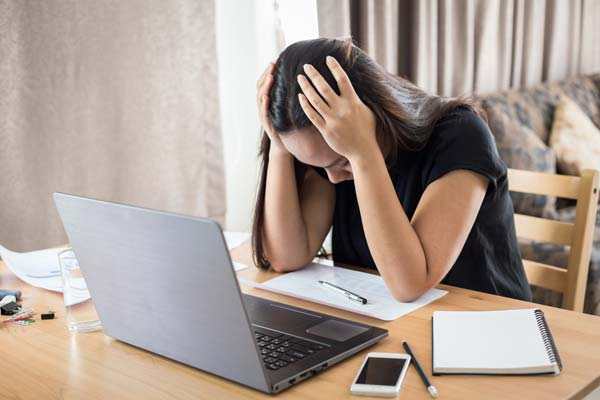It is no question that we are sliding deeper into a more difficult economic state as inflation continues to rise. Watching the price of eggs, milk, meat and cheese at the grocery store is just one effect of the current recession that we are all experiencing. One phrase I have heard while working in the world of credit is “credit crunch”. In today’s blog, we will take a deep dive into what exactly is a “credit crunch”, why it happens and how you can navigate it as a consumer.
So what is a credit crunch?
A credit crunch happens when the economy turns, and it becomes harder to acquire and kind of loan. Banks and other lending institutions grow wary of lending funds to consumers and businesses as the risk of the borrower defaulting on their loan is higher. This causes interest rates to skyrocket as a way to compensate for the additional risk taken by the lender.
A credit crunch is sometimes also referred to as a “credit squeeze” or “credit crisis” and tends to occur independently of a sudden change in interest rates. Consumers that normally would be able to obtain loans to finance purchases will now suddenly find themselves unable to acquire funding. Due to these restrictions, a ripple effect occurs, lowering homeowner rates and decreasing financial stimulation to the economy.
How exactly does a credit crunch happen?
When lenders become overly lenient on their lending habits, more consumers have access to loans that are expected to be paid back. As the number of consumers increases, so does the amount of loans that will statistically default. Once the number of defaults exceeds certain percentage lenders are forced to tighten their belts when it comes to who they classify as a safe loan. As well as similar circumstances arising from pat events (such as the 2008 recession) banks are starting to see these similarities and are beginning to take similar precautions early in preparation for a similar situation.
What Should I Do In a Credit Crunch
While it may seem like a “hurry up and wait” situation, a credit crunch can be a good thing for those looking to repair their current credit. Without the availability of new tradelines for those with lower credit ratings, a credit crunch will force many to focus on their current accounts. This means paying down cards, disputing items and practicing positive credit habits to attempt to raise their scores to the “new” acceptable level. This means that once the credit crunch fades and the economy returns to normal, those who have spent the time trying to reach acceptable credit levels will be situated much better when qualifications are set to a lower level. Not only will acquiring financing be easier, but interest rates and benefits will be more acceptable.

